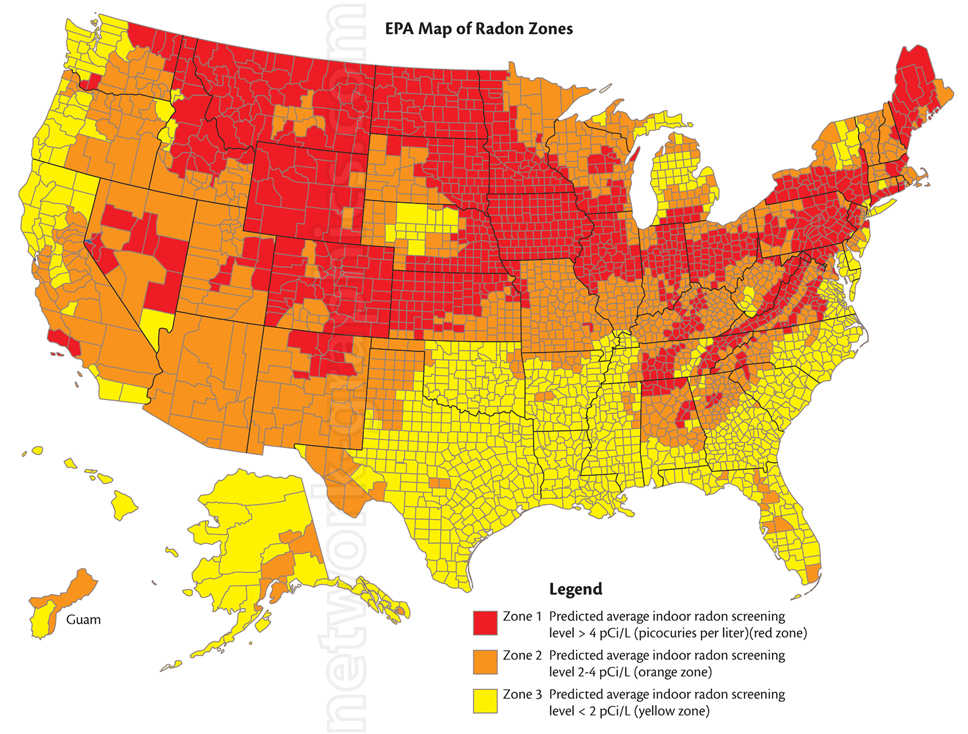I recently sold my previous house with the equipment installed. I think one person looking at the house asked about it, but the house sold in one day over asking price, and neither of the two people making offers even asked. Its really not a big deal. In fact I think its positive. O.K. this house has it under control, well what about all those other houses we looked at? Could there be a problem here?
Bathroom fans CAUSE the problem actually. So imagine your home as a box, and in this box your sucking out air and creating a vacuum. But the main leaks in a home are cracks in the foundation and the millions of pipes that come up from the ground. The vacuum sucks the radon into your house. If you leave doors and windows open, the levels will drop, but you can only do that when the weather is nice.
A very easy solution is to just dig down to below the foundation where they place several inches of gravel, and vent that out through a 4" pipe. Even without a fan its pretty effective, because its an easier path for the radon to vent out the pipe then to go through your floors. This also prevents whatever other earth gases are out there and vents them. People seal all the doors and windows of their house, but don't realize builders care very little about sealing holes for pipes and wires from the ground. Plus I've never owned a house that didn't have some foundation cracks.

